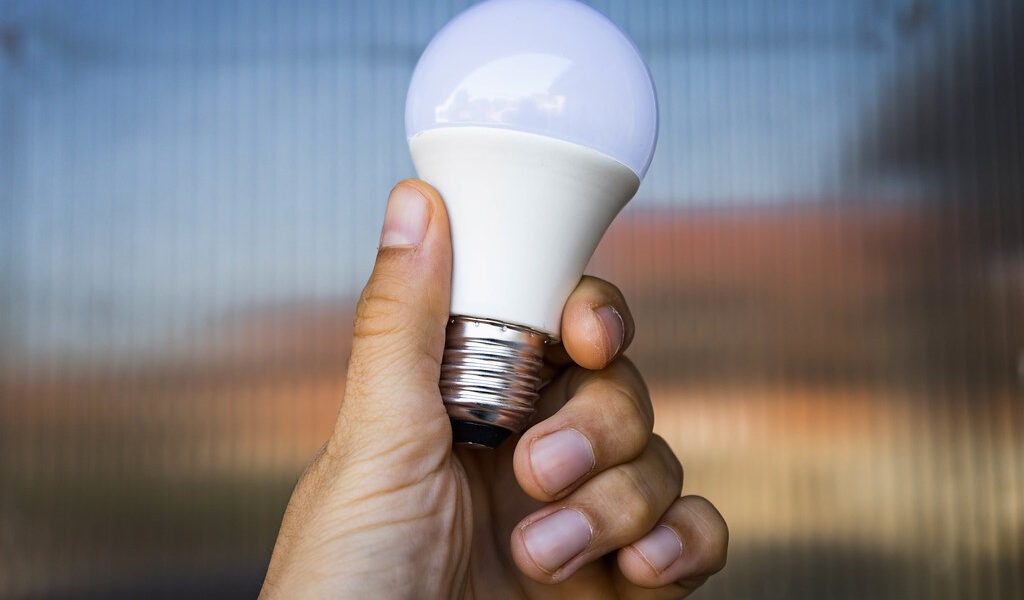Choose Energy Star-qualified LEDs

Read the Label
o A Lighting Facts label shows brightness, light color, energy use, estimated energy costs, and expected life.
o “Lumens” are the measure of the amount of light. A 60-watt incandescent bulb is 800 lumens.
Go with a major manufacturer:
o Philips
o Sylvania
o GE
o Home Depot’s Commercial Lighting Brand
o FEIT Lighting
Check with your electric utility for Discount Coupons or Retail Programs
o FEIT and others often participate in mid-stream utility incentives – the utility pays the discount to FEIT, so you pay less up front and don’t have to take the time to submit for a rebate.
o Look at a retailer’s Light Box to see the various shapes, sizes, color temperatures, coatings (Clear sparkle, frosted, etc…)
Color Temperature indicates light color, measure in Kelvin temperature (K)
o Warm yellow light: 2700K
o White light: 3000K
o Bright white light: 3500K – 4100K
o Bluer white light: 5000K to 6500K
Color Rendering Index (CRI) indicates how accurately colors appear under a bulb’s light, ranging from 0 to 100 (sunlight and incandescent bulbs are 100).
o The CRI isn’t always on the box. A CRI of at least 80 is recommended for interior lights.
o Differences of fewer than five points are insignificant.
Look at the box for the rated life, which can range from 10,000 to 25,000 hours for a quality LED.
o AVOID cheap LEDs that only have a rated life of 500-1,500 hours.
Make sure you choose a light that is right for your particular application– ESPECIALLY If you want one to be on a dimming circuit!
o Some A-type bulbs (what most people would call a “regular” light bulb) may not evenly cast light in all directions, which could create spotty light.
Works in Enclosed Fixtures o Some LEDs can be used in fully enclosed fixtures, and are identified for that use by the manufacturers.
Works Outdoors Many LEDs work outdoors– some cannot get wet. Check the label!
Works With Motion Sensors and/or Photocells
o Occupancy sensors automatically turn on lights when activity is detected and shut them off a short while after activity stops.
o Photocells turn off lights in daylight and turns them back on when it’s dark.
o The bulb and motion sensor and/or photocell must be compatible to work properly.
o Check the manufacturer’s website and read the bulb package.
Check out Consumer Reports www.consumerreports.org for quality and accuracy ratings and information about other aspects of LED lighting, such as security, safety & even music!
o “LED bulbs are electronic devices and since lighting is the most important real estate in the home—it’s in every room and everybody uses it—manufacturers are adding sensors, cameras, or speakers to some LEDs. These bulbs are designed to provide home security, safety, or music while casting light. Our ratings will help you find the best bulb for the fixture. “








